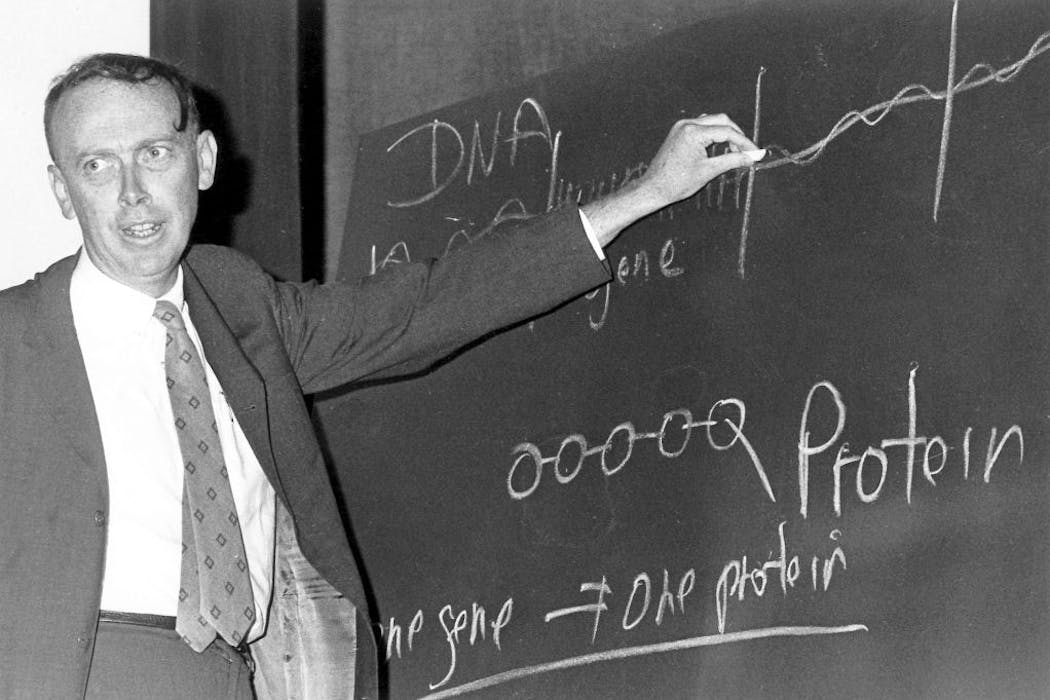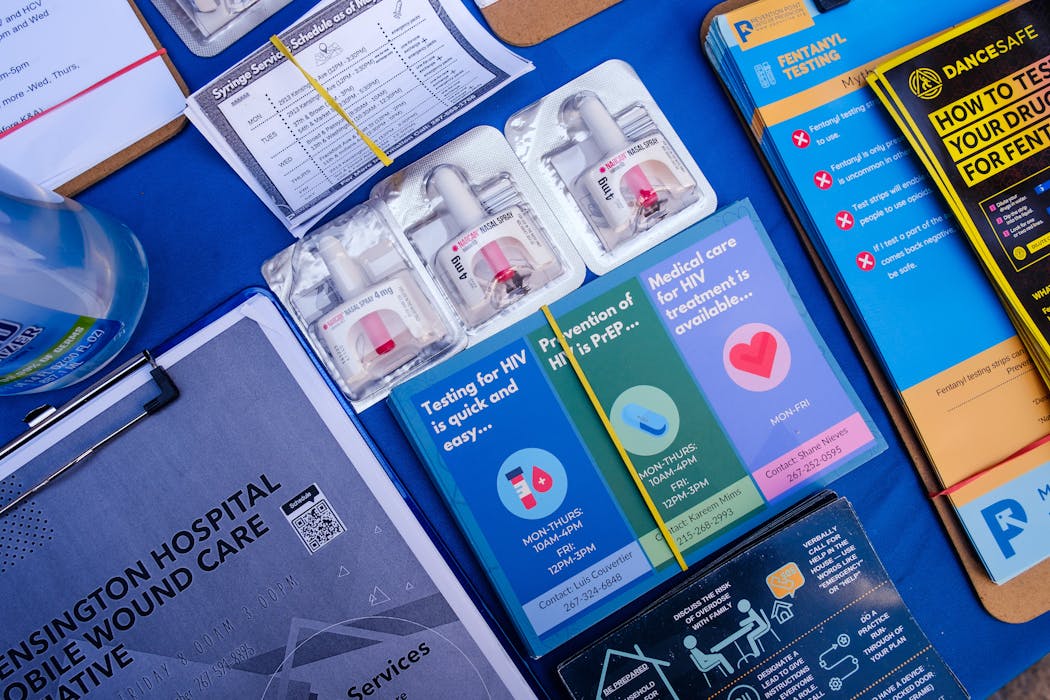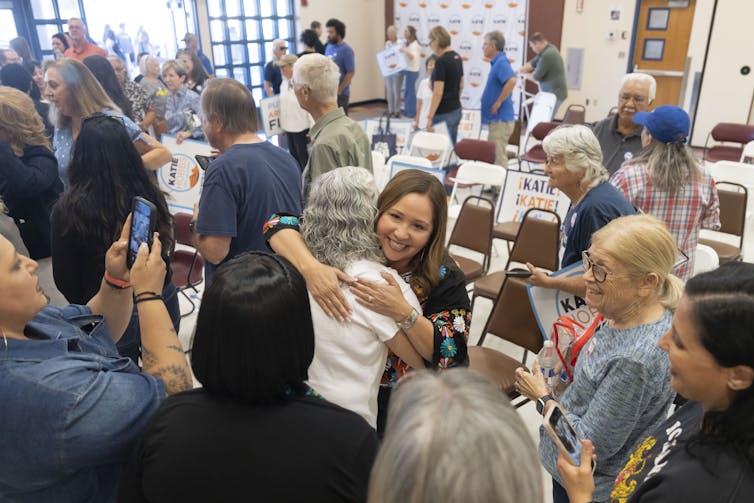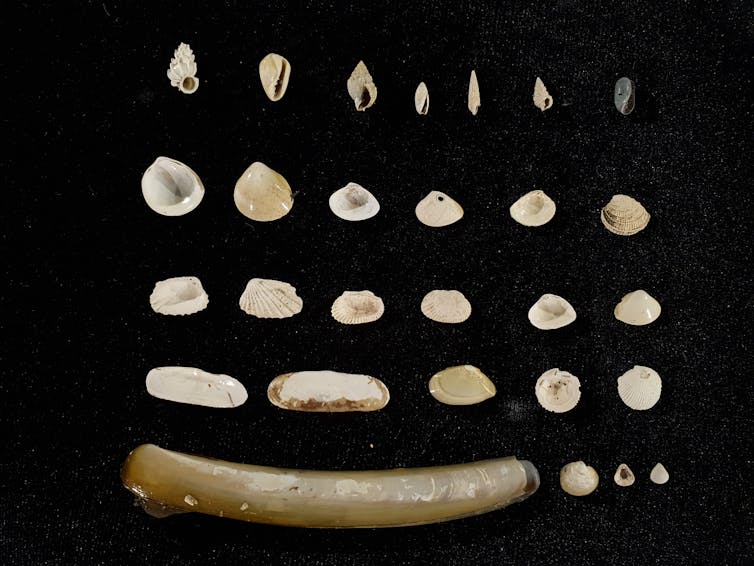Source: The Conversation – USA (2) – By Conor Harrison, Associate Professor of Economic Geography, University of South Carolina

As fall turns to winter and temperatures begin to drop, millions of people across the U.S. will struggle to pay their rising energy bills. The government shutdown is making matters even worse: Several states have pushed back the start of their winter energy assistance because their federally allocated funds have yet to show up.
A 2023 national survey found that nearly 1 in 4 Americans were unable to pay their full energy bill for at least one month, and nearly 1 in 4 reported that they kept their homes at unsafe temperatures to save money. By 2025, updated polling indicated nearly 3 in 4 Americans are worried about rising energy costs.
Conservative estimates suggest that utilities shut off power to over 3 million U.S. households each year because the residents cannot pay their bills.
This problem of high energy prices isn’t lost on the Trump administration.
On the first day of his second term in 2025, President Donald Trump declared a national energy emergency by executive order, saying that “high energy prices … devastate Americans, particularly those living on low- and fixed incomes.”
Secretary of Energy Christopher Wright raised concerns about utility disconnections and outlined a mission to “shrink that number, with the target of zero.”
Yet, the administration’s 2026 budget proposal zeroed out funding for the Low Income Home Energy Assistance Program, or LIHEAP, the federal program that administers funding to help low-income households pay their utility bills. While there appears to be continued bipartisan support for LIHEAP in Congress, on April 1, 2025, the administration laid off the entire staff of the LIHEAP office. These layoffs hinder the ability of the federal government to release LIHEAP funds, even when the government reopens.
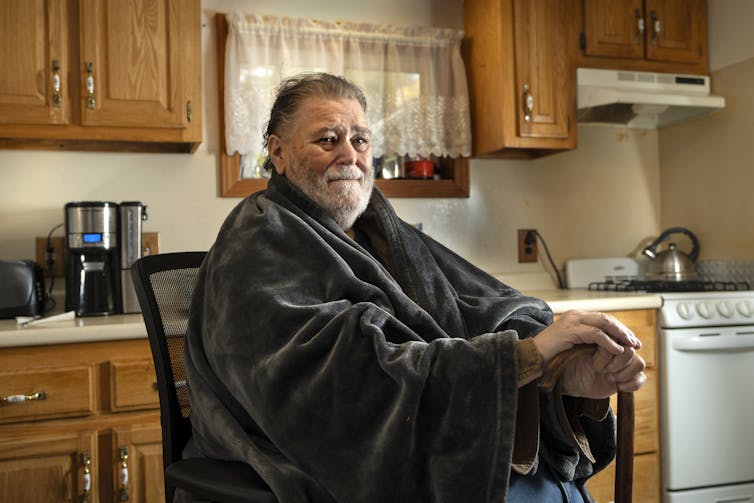
AP Photo/Robert F. Bukaty
Many people already struggle to cobble together enough help from various sources to pay their energy bills. As researchers who study energy insecurity, we believe gutting the federal office responsible for administering energy bill assistance will make it even harder for Americans to make ends meet.
The high stakes of energy affordability
We work with communities in South Carolina and Tennessee where many residents struggle to heat and cool their homes.
We see how high energy prices force people to make dangerous trade-offs. Low-income households often find themselves choosing whether to buy necessities, pay for child care or pay their utility bills.
One elderly person we spoke with for our research, Sarah, explained that she routinely forgoes buying medications in order to pay her utility bill.
Unfortunately, these stories are increasingly common, especially in low-income communities and communities of color.
Shrinking resources for assistance
LIHEAP, created in 1981, provides funding to states as block grants to help low-income families pay their utility bills. In fiscal year 2023, the program distributed US$6.1 billion in energy assistance, helping some 5.9 million households avoid losing power connections.
The program’s small staff played critical roles in disbursing this money, providing implementation guidelines, monitoring state-level fund management and tracking and evaluating program effectiveness.

AP Photo/Mel Evans
It is unlikely that other sources of funding can fill in the gaps if states do not receive LIHEAP funds from the federal government. The program’s funding has never been high enough to meet the need. In 2020, LIHEAP provided assistance to just 16% of eligible households.
Our research has found that, in practice, many households rely on a range of local nonprofits, faith-based organizations and informal networks of family and friends to help them pay their bills and keep the heat on in winter.
For example, a research participant named Deborah reported that when faced with a utility shut-off, she “drove from church to church to church” in search of assistance. United Way in South Carolina received over 16,000 calls from people seeking help to pay their utility bills in 2023.
These charitable services are an important lifeline for many, especially in the communities we study in the South. However, research has shown that faith-based programs do not have the reach of public programs.
Without LIHEAP, the limited funds provided by nonprofits and the personal connections that people patch together will be stretched even thinner, especially as other charitable services, such as food banks, also face funding cuts.
What’s ahead
Although Congress has chosen to fund LIHEAP for 2026, the government shutdown threatens the program’s ability to reach families in time for the cold months ahead. While summer heat is on the rise, cold-related deaths have been trending up as well. Cold snaps in early 2024 and again in 2025 left several people dead from hypothermia. These are preventable deaths that continued LIHEAP assistance could help avoid.
These threats to LIHEAP—especially coming alongside uncertainty about federal food assistance—put the goal of energy affordability for all Americans – and Americans’ lives – in jeopardy. Until more affordable energy sources, such as solar and wind power, can be scaled up, an expansion of federal assistance programs is needed, not a contraction.
Increasing the reach and funding of LIHEAP is one option. Making home weatherization programs more effective is another.
Governments could also require utilities to forgive past-due bills, implement percent of income payment plans, and end utility shut-offs. About two dozen states currently have rules to prevent shut-offs during the worst summer heat.
For now, the cuts mean more pressure on nonprofits, faith-based organizations and informal networks. Looking ahead to another winter of freezing temperatures, we can only hope that delays to LIHEAP payments and cuts to LIHEAP staff don’t foreshadow a growing yet preventable death toll.
Etienne Toussaint, a law professor at the University of South Carolina, and Ann Eisenberg, a law professor at West Virginia University, contributed to this article.
This is an update to an article originally published May 13, 2025.
![]()
Conor Harrison receives funding from the National Science Foundation and the Alfred P. Sloan Foundation.
Elena Louder received funding from the Alfred P. Sloan Foundation related to this research.
Nikki Luke receives funding from the Alfred P. Sloan Foundation. She previously worked at the U.S. Department of Energy.
Shelley Welton receives funding from the Alfred P. Sloan Foundation.
– ref. Trump was already cutting low-income energy assistance – the shutdown is making things worse as cold weather arrives – https://theconversation.com/trump-was-already-cutting-low-income-energy-assistance-the-shutdown-is-making-things-worse-as-cold-weather-arrives-269342

